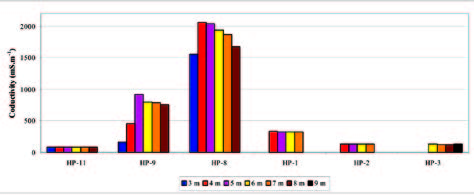Contribution of Simple Hydrogeological Indicating Methods in Contamination-Impacted Environments
DOI:
https://doi.org/10.3986/ac.v36i2.194Abstract
Under the project of Ministry of the environment of Slovak Republic a “real” impact of various contaminant sources on water was monitored and assessed during the period of 4 years. Various geological environments of The Western Carpathians were chosen as studying areas. The results of the project confirm that the influence of the contamination source is variable in space and time. An amount of objective and efficient information is necessary to fulfill the requirements for the water treatment. The possibility how to minimize the amount of expensive and intricate methods used by investigation was to connect them with hydrogeological indicating methods (HIM). The correlated relations distinguished between contaminant and physical characteristics of water allow using the obtained local information in larger area and repeating them in higher frequency. The economical benefit is relative to increasing demands on space and time. The base was built on the water conductivity and water temperature measurements set in field. The measured values which were processed basically allow obtaining indirect information about the contamination spreading. By correlation the values with water analyses for a monitoring site from specific studied locality and by added other information from field methods the results can be amplified. It is possible to substitute the intricate and expensive contaminant spreading mapping methods by HIM and monitor the dynamic changes of contamination influences in space and time with denser data net.
Downloads

Downloads
Published
How to Cite
Issue
Section
License
Authors guarantee that the work is their own original creation and does not infringe any statutory or common-law copyright or any proprietary right of any third party. In case of claims by third parties, authors commit their self to defend the interests of the publisher, and shall cover any potential costs.
More in: Submission chapter




